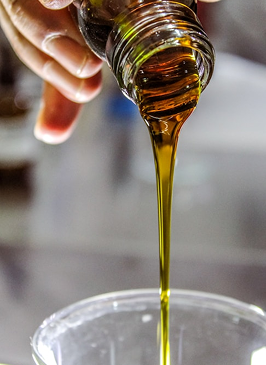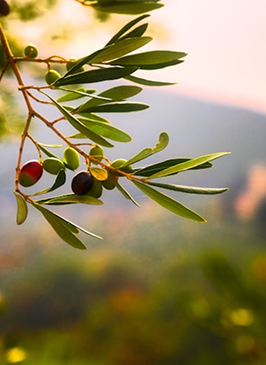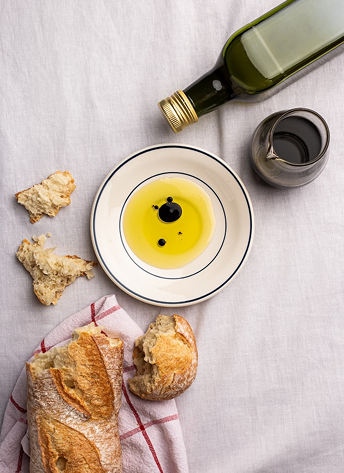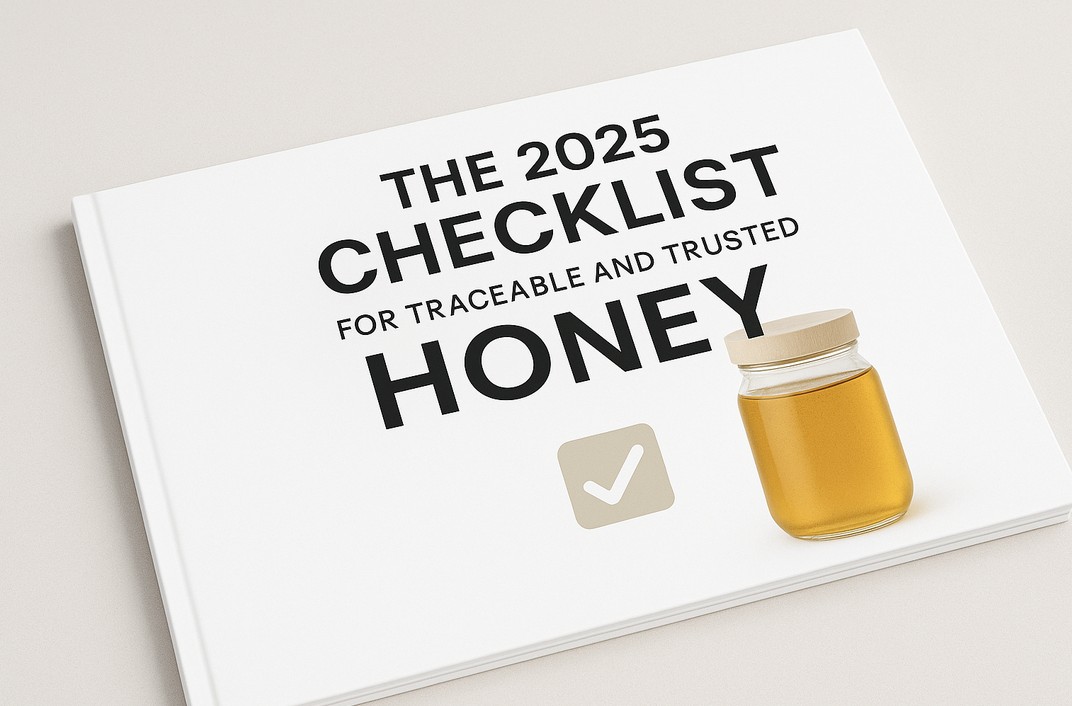A Closer Look
Olive Oil Overview




Olive Oil
Behind the Label: What Olive Oil Really Tells Us
Olive oil is more than a kitchen essential; it’s a cultural cornerstone and a $15 billion global market (Statista, 2024). Yet behind every bottle lies a story of climate pressures, counterfeit risk, and regulatory shifts that threaten to reshape the industry.
The Problem: Adulteration, Deforestation, and Doubt
The olive oil industry has long faced scrutiny for adulteration and mislabeling. A landmark UC Davis study revealed that up to 69% of imported olive oils labeled as “extra virgin” in the U.S. failed to meet international standards (UC Davis, 2010). Often diluted with cheaper oils, these products undercut producers and deceive consumers.
Meanwhile, the EU Deforestation Regulation (EUDR) is raising the bar. Any olive oil entering the European market must now include verified proof that it was not grown in deforested or high-risk areas. That creates a major barrier for producers who lack digital tools to document land use and supply chain practices.

The Cost: Honest Producers at a Disadvantage
In countries like Greece, Italy, and Tunisia—where smallholder farmers dominate—the lack of accessible traceability solutions leads to lost market access. Without evidence of sustainable sourcing, even premium oils risk being blocked from export or relegated to lower-value markets.
The reputational risk is high. Brands caught with untraceable or adulterated oils risk consumer backlash, lost shelf space, and regulatory fines. And consumers, increasingly concerned with ethical sourcing, have no way to verify the story on the label.

The Opportunity: Traceability as a Differentiator
Traceability is not just a regulatory checkbox—it’s a competitive edge. Producers who can prove:
Grove-level origins
No deforestation or illegal land use
Proper harvest and storage methods
Certifications like PDO/PGI
can access premium buyers, sustainability-focused markets, and international retailers demanding compliance.
As the International Olive Council states: “Consumer trust must be built through clear, verifiable origin data—not just marketing.”

What We’re Doing About It
Palmyra has partnered with Greek olive oil cooperatives to implement digital traceability systems from grove to bottle. Using simple mobile tools and satellite-linked maps, farmers can:
Digitally mark grove boundaries
Record harvest dates and quality
Prove land use compliance with EUDR
Share data directly with buyers
This transparent chain of trust helps local farmers retain value, satisfy regulations, and reach new markets.
As Dr. Vandana Shiva once said: “True sustainability begins when the smallest producers are visible and valued.”
“Now our olive oil tells a story buyers can believe. It opened markets we thought lost.”
— Yiannis Papadopoulos, Peloponnese olive grower

Traceability Isn’t About Tech — It’s About Trust
At its core, olive oil traceability is about fairness. About rewarding quality. About giving consumers a real choice.
If you’re a producer, buyer, or brand that wants to make olive oil fairer, safer, and future-ready, we’d love to talk.
The 2025 Checklist for Traceable and Trusted Olive Oil


Theodore Morisis
Director of Business Development Palmyra®
From Olive Groves to Blockchain:
Greek Olive Oil Tokenization

Main Regions
Greece
Rhodes Island
Messini
Focus Areas
Traceability
Tokenization
Solutions
Palmyra Pro
Palmyra App